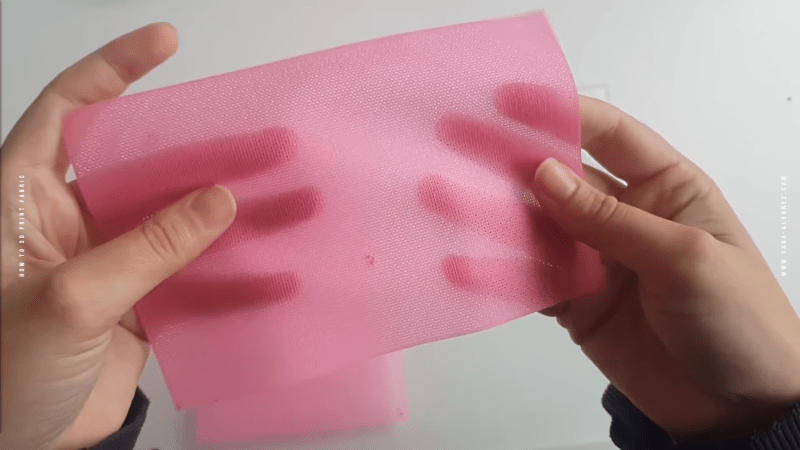
Conventional textiles made of woven threads are highly useful materials. [Sara Alvarez] has had some success creating fabric-like materials through 3D printing, and though they’re not identical, they have some similar properties that make them unique and useful.
Fabrics are made by the weaving or knitting together many threads into a cohesive whole. [Sara]’s 3D-printed fabrics are different, since the printer can’t readily weave individual fibers together. Instead, a variety of methods are used to create similar materials.
The simplest is perhaps the chainmail method, where many small individual links join together to make a relatively rigid material. Alternatively, G-code or careful modelling can be used to create fabric-like patterns, which are printed directly in flexible material to become a fabric-like sheet. Finally, the infill method takes advantage of code inbuilt to a slicer to create a pattern that can be 3D-printed to create a fabric like material by removing the top and bottom layers of the print.
[Sara] demonstrates creating a simple “fabric” swatch using the slicer method, and demonstrates the qualities of the finished product. She also shows off various applications that can take advantage of this technique.
If you’re a 3D-printing enthusiast who also loves making clothes and apparel, consider printing up some shoes – like these we’ve seen before. Video after the break.
3D Printing Fabrics Is Easier Than You Think
Source: Manila Flash Report
0 Comments